![Placeholder: [art from Destination: Void, by Franck Herbert (1965)] Captain Bickel moves closer to the screen, scrutinizing the data. "How far back does this research go?" he asks, his fingers tracing the dates on the screen. "Are these recent failures, or are we talking about experiments from decades ago?" His question hangs in the air, the implications clear. You realize the research spans several decades, from the early days of AI development to more recent experiments. As you open your mouth to explain,](https://img.stablecog.com/insecure/64w/aHR0cHM6Ly9iLnN0YWJsZWNvZy5jb20vZGZkMmU0MjctY2ZkZi00ZjgxLTllNmMtYTg4ZTg1MDgwYzFhLmpwZWc.webp)
![[art from Destination: Void, by Franck Herbert (1965)] Captain Bickel moves closer to the screen, scrutinizing the data. "How far back does this research go?" he asks, his fingers tracing the dates on the screen. "Are these recent failures, or are we talking about experiments from decades ago?" His question hangs in the air, the implications clear. You realize the research spans several decades, from the early days of AI development to more recent experiments. As you open your mouth to explain,](https://img.stablecog.com/insecure/1920w/aHR0cHM6Ly9iLnN0YWJsZWNvZy5jb20vZGZkMmU0MjctY2ZkZi00ZjgxLTllNmMtYTg4ZTg1MDgwYzFhLmpwZWc.webp)
@generalpha
Prompt
[art from Destination: Void, by Franck Herbert (1965)] Captain Bickel moves closer to the screen, scrutinizing the data. "How far back does this research go?" he asks, his fingers tracing the dates on the screen. "Are these recent failures, or are we talking about experiments from decades ago?" His question hangs in the air, the implications clear. You realize the research spans several decades, from the early days of AI development to more recent experiments. As you open your mouth to explain,
9 months ago
Model
SSD-1B
Guidance Scale
7
Dimensions
1024 × 1024
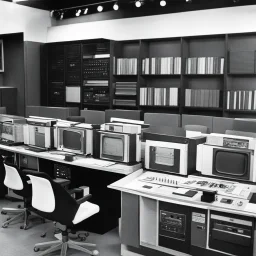
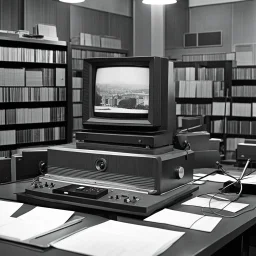
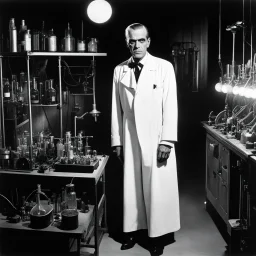
![[art form Terry Gilliam's Brazil (1985)] The desk employee, lost in the labyrinth of bureaucracy, fills out forms with a mechanical precision that belies his inner turmoil. The pen in his hand dances across the paper, tracing sigils and symbols that seem to whisper secrets of a reality beyond his grasp. Suddenly, the walls of the office begin to ripple like water, warping and twisting into grotesque shapes that defy logic. he delves deeper into this strange and fantastical world](https://img.stablecog.com/insecure/256w/aHR0cHM6Ly9iLnN0YWJsZWNvZy5jb20vNGEzNjQxM2QtYzQxOC00MWI3LTlmYmItMTc4MjEzOTA3ODhhLmpwZWc.webp)
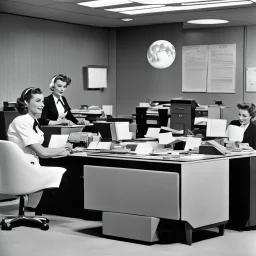
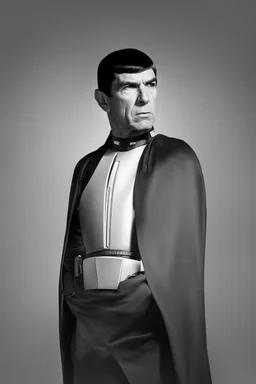
![[art form Terry Gilliam's Brazil (1985)] The desk employee with thick electric glasses, lost in the labyrinth of bureaucracy, fills out forms with a mechanical precision that belies his inner turmoil. The pen in his hand dances across the paper, tracing sigils and symbols that seem to whisper secrets of a reality beyond his grasp. Suddenly, the walls of the office begin to ripple like water, warping and twisting into grotesque shapes that defy logic. he delves deeper into this strange and fantas](https://img.stablecog.com/insecure/256w/aHR0cHM6Ly9iLnN0YWJsZWNvZy5jb20vY2Q0MTQxZjYtOTEwZC00ZGMwLWIzMDMtYjM2YzhkNzAxYTQ3LmpwZWc.webp)

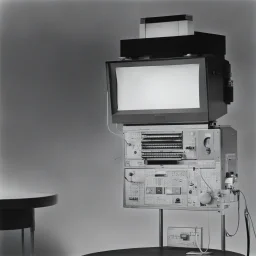
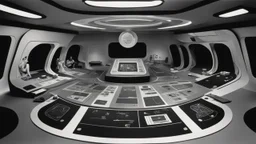

![[art from H. R. Giger's Brazil (1985)] The desk employee, lost in the labyrinth of bureaucracy, fills out forms with a mechanical precision that belies his inner turmoil. The pen in his hand dances across the paper, tracing sigils and symbols that seem to whisper secrets of a reality beyond his grasp. Suddenly, the walls of the office begin to ripple like water, warping and twisting into grotesque shapes that defy logic. he delves deeper into this strange and fantastical world](https://img.stablecog.com/insecure/256w/aHR0cHM6Ly9iLnN0YWJsZWNvZy5jb20vODFmYTViMDgtNDc4MC00YzczLTk4N2MtMDRkYTViZDE5NGEwLmpwZWc.webp)